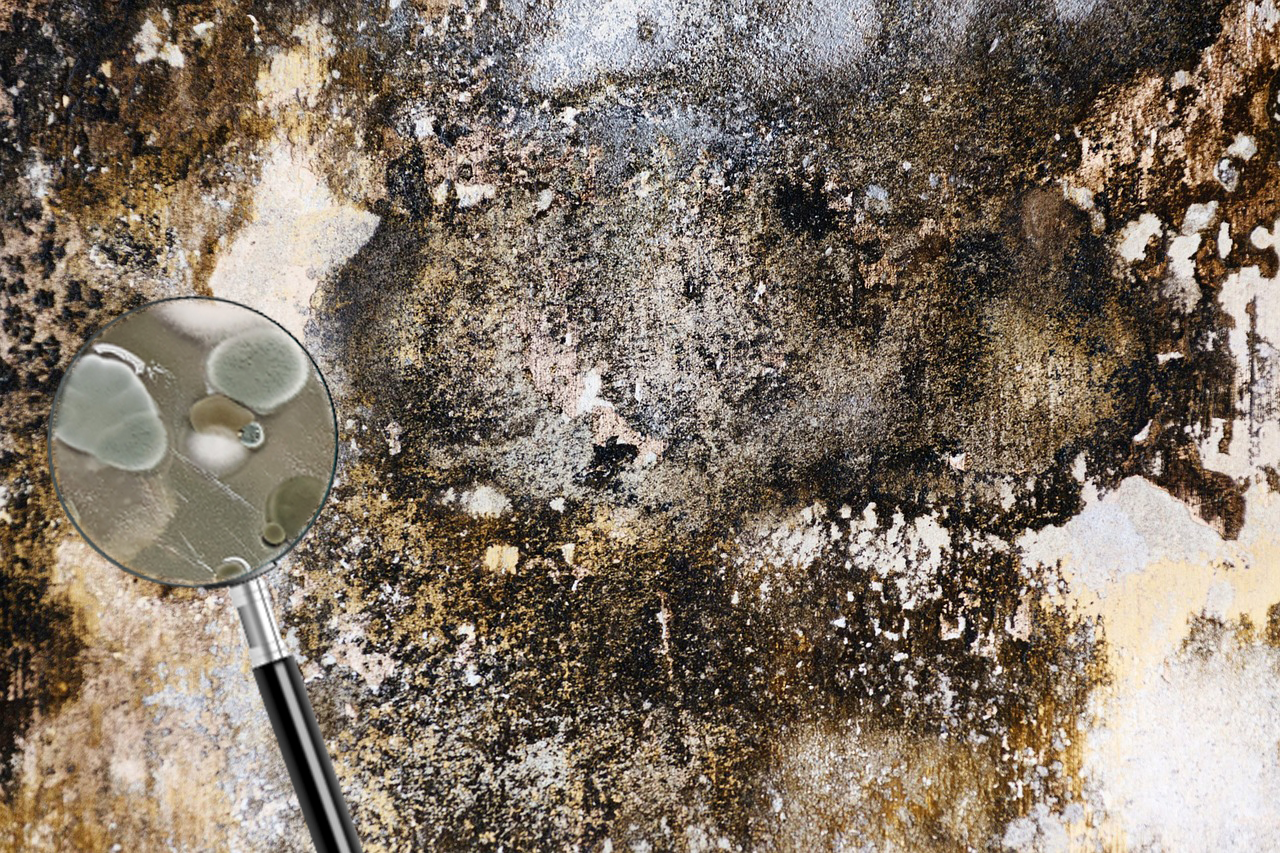
Know More,
Breathe Easy!
“Mold-Free Living Starts Here.
Expert Testing for Your Peace of Mind.

Mold symptoms and health side-effects
Exposure to mold can have various health effects, and symptoms may vary among individuals. Here are seven common mold symptoms and health side effects:
Exposure to mold can manifest in various health issues, categorized across different systems. 1. Respiratory issues, including persistent coughing, wheezing, shortness of breath, and chest tightness, may occur. 2. Allergic reactions, often involve symptoms like sneezing, runny or stuffy nose, itchy or watery eyes, and skin rashes or hives. 3. Sinus problems, such as congestion, headaches, and postnasal drip, can also arise. 4. Fatigue, characterized by constant tiredness and lack of energy, may be present. 5. Neurological symptoms, encompass headaches, difficulty concentrating, and memory issues. 6. Throat irritation, leading to a sore or scratchy throat, and 7. Mood and sleep disturbances, like mood swings, anxiety, and difficulty sleeping, are additional potential health effects associated with mold exposure.
It’s important to note that mold sensitivity varies among individuals, and some people may be more susceptible to mold-related health issues than others. If you experience persistent or severe symptoms, it’s recommended to consult with a healthcare professional. Additionally, addressing and remedying the mold issue in your environment is crucial for long-term health and well-being.
Remember, early identification and remediation are key to preventing mold issues from escalating. If you find mold, take steps to address the source of moisture and consider consulting professionals for effective and safe removal.
The most common types of mold found in homes can vary depending on factors such as location, climate, and indoor conditions. However, some molds are frequently encountered in residential settings.
These are some common types of Mold found in a home:
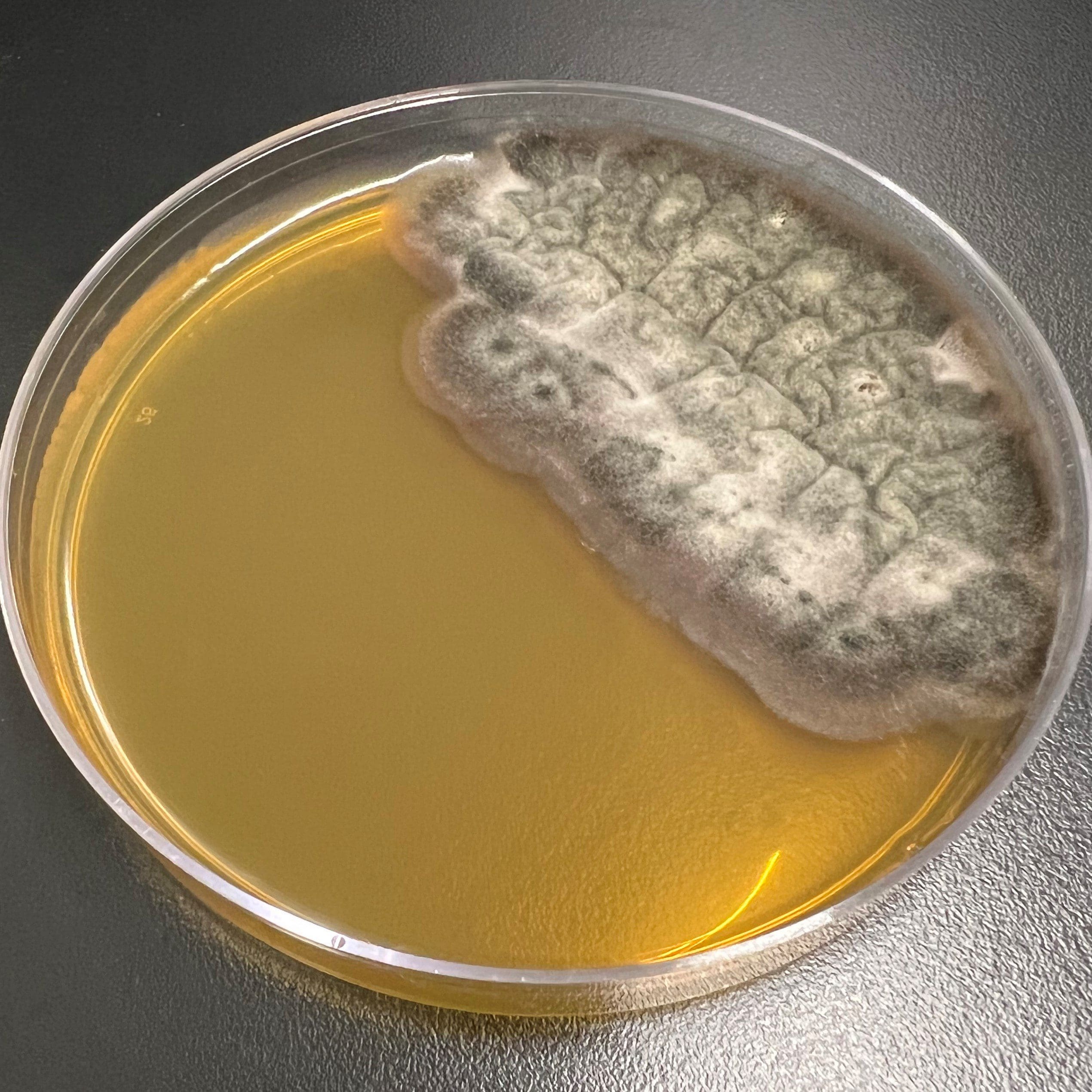
Stachybotrys chartarum (Black Mold):
Known for its dark greenish-black appearance, it is often associated with water damage and can produce mycotoxins. Stachybotrys chartarum, commonly known as black mold, is a toxigenic fungus associated with water-damaged buildings. Its presence poses health risks, emphasizing the importance of prompt identification and remediation for a safe indoor environment.
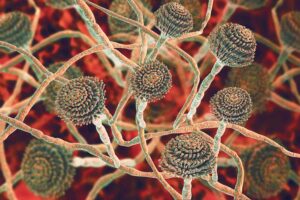
Aspergillus
A common genus of mold with various species. Some types can produce mycotoxins and may cause respiratory issues. Aspergillus, a diverse genus of molds, is commonly found indoors and outdoors. While some species are harmless, certain types can pose health risks, making thorough identification and remediation essential for safety.
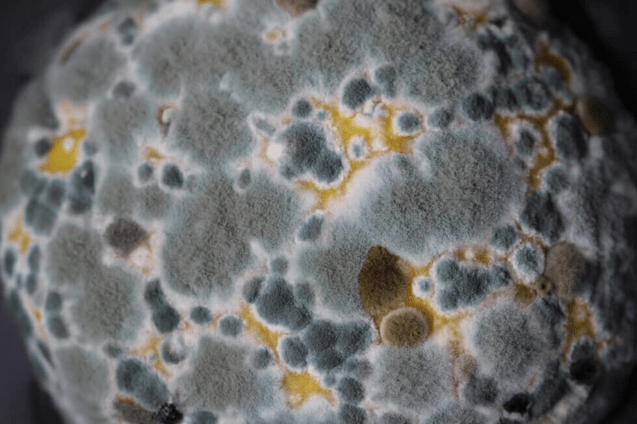
Penicillium
Recognizable by its blue or green appearance, it is commonly found on water-damaged materials and can produce mycotoxins. Penicillium, a widespread mold genus, is often found on water-damaged materials. While some species contribute to antibiotic production, others can produce mycotoxins, requiring careful identification and remediation for indoor safety.
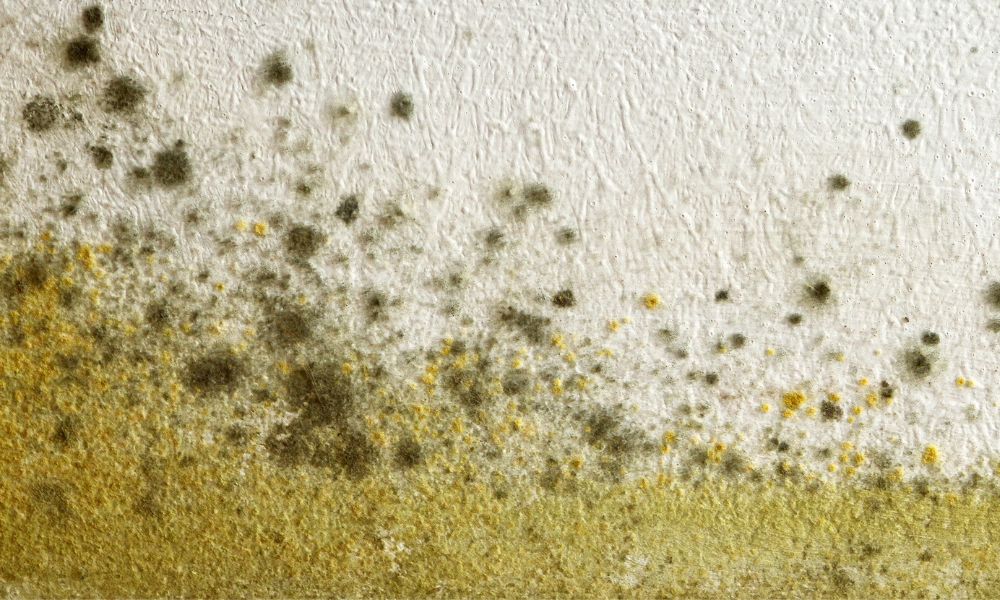
Cladosporium
A widespread mold, Cladosporium, thrives both indoors and outdoors. Common on textiles, wood, and porous surfaces, its omnipresence necessitates vigilant remediation for optimal indoor air quality and a healthier living environment.
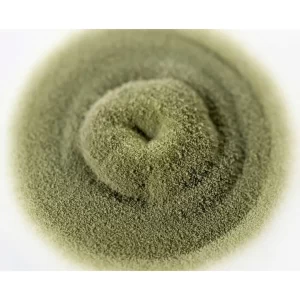
Alternaria
Thriving in damp areas, Alternaria poses respiratory risks and is linked to allergic reactions. Its identification and thorough remediation are vital for maintaining a safe and healthy indoor living space, protecting occupants from potential health issues.
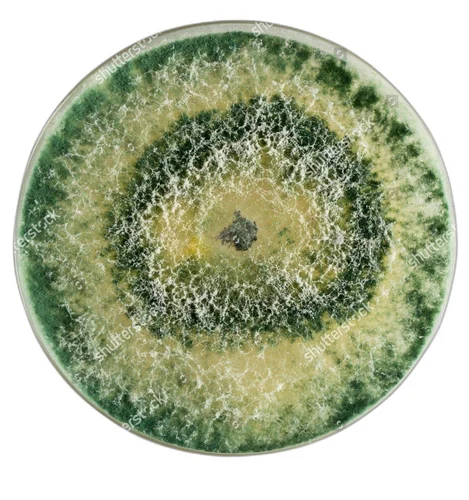
Trichoderma
Trichoderma, commonly found on damp wallpaper, carpet, and wet materials, may produce mycotoxins. Recognizable by its white to greenish appearance, it requires diligent identification and remediation for a safer indoor environment and improved air quality.
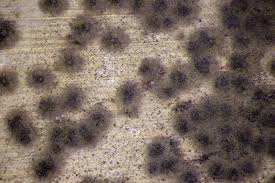
Chaetomium
Thriving on water-damaged materials, particularly those rich in cellulose, Chaetomium emits a musty odor and may contribute to health issues. Its prompt identification and thorough remediation are essential for a visually and environmentally safe space
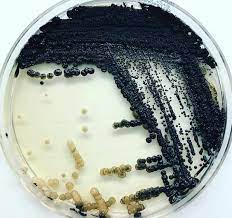
Aureobasidium
Common on painted surfaces, wood, and caulk, Aureobasidium manifests as a pink to black discoloration. Vigilant identification and remediation are crucial for maintaining a visually and environmentally safe living space, ensuring the well-being of occupants.
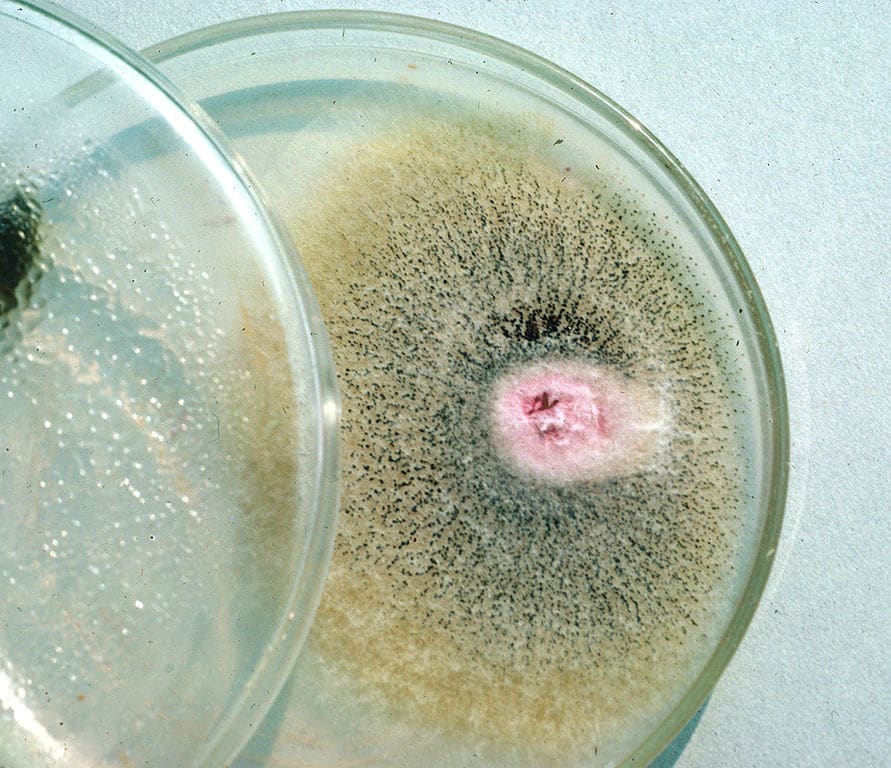
Fusarium
Thriving in water-damaged areas, Fusarium’s pink, white, or reddish appearance may indicate mycotoxin production. Identifying and addressing it promptly is crucial for maintaining a healthy indoor environment and preventing potential health issues.
Don’t Panic, We are here to help.
Armed with knowledge and years of experience, we specialize in resolving mold issues. Trust us to guide you through, ensuring a calm and effective solution for a healthier living environment.
What is Mold?
There are thousands of mold species, and estimates suggest that there could be over 300,000 different species. However, only a relatively small number of molds are commonly found indoors or pose significant health risks. The most common indoor molds belong to genera such as Aspergillus, Penicillium, Cladosporium, and Stachybotrys (commonly known as black mold). Each mold species has its own characteristics, growth preferences, and potential health effects. It’s important to note that not all molds are harmful, but some can produce mycotoxins or trigger allergic reactions in susceptible individuals. Professional mold inspections and testing can help identify specific mold species and guide appropriate remediation measures if necessary.
What is Mildew?
Mildew is a type of mold that specifically refers to certain types of fungi that typically grow on surfaces with high moisture content. It often appears as a thin, powdery, or downy white or gray growth on surfaces such as damp walls, paper, fabrics, or other organic materials. Mildew can develop in areas with inadequate ventilation and excess moisture, making bathrooms, basements, and other humid spaces common places for mildew growth.
While mildew is a type of mold, the term is often used more broadly to describe surface-level fungal growth on various materials. Unlike some molds, mildew is usually not as harmful to health. However, prolonged exposure to mildew can still cause respiratory irritation and trigger allergies, particularly in individuals who are sensitive to mold.
Preventing mildew growth involves controlling humidity, improving ventilation, and promptly addressing water leaks or dampness. Regular cleaning and maintenance can also help prevent mildew from taking hold on surfaces in and around the home.
What are Mycotoxins?
Mycotoxins are toxic compounds produced by certain molds (fungi) as secondary metabolites. These substances can be found in mold spores and fragments and may pose health risks to humans and animals when they come into contact with them. Mycotoxins can contaminate various agricultural crops, stored grains, and food products, as well as indoor environments where mold is present.

Mold Associates transformed our musty office into a fresh space. Weʼre breathing better and working happier!

Jessica Miller